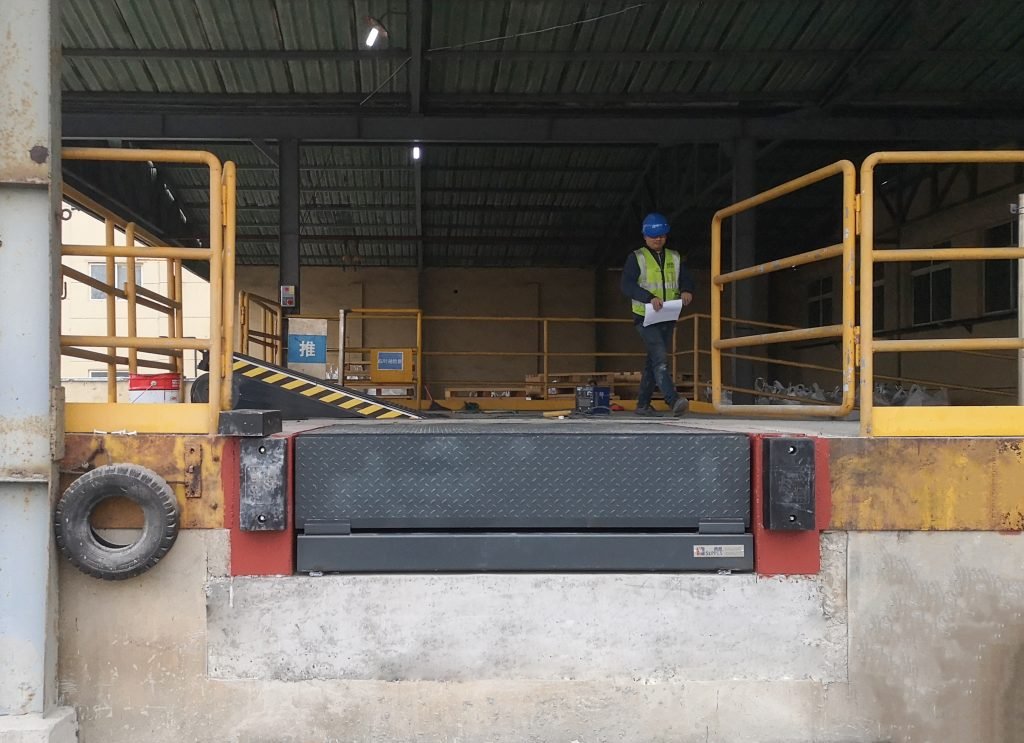
Hydraulic Dock Leveler: Installation, Pit Construction, and Usage
Hydraulic dock leveler play a crucial role in facilitating efficient loading and unloading operations at various facilities. This article provides valuable insights into the installation, pit construction, and usage of hydraulic dock levelers, ensuring optimal safety and functionality. Follow the recommendations outlined below to create a strong foundation for your hydraulic dock leveler, and learn how to maximize its performance.

Pit Construction Recommendations:
To ensure a successful installation of a dock leveler, it is essential to reserve the pit in advance. Consider the following recommendations for pit construction:
- Casting and Thickness: SEPPES manufacturers recommend using 200# concrete to cast the pit, with a minimum thickness of ≥250mm for both the pit wall and bottom.
- Pit Size Accuracy: The pit size should be precise, with minimal errors. The depth of the pit should have an error range of “H” + 0mm to 10mm, while other errors should be kept below 10mm. The lower plane of the pit must be horizontal, with equal diagonals.
- Pre-Buried Pipe: The direction of the pre-buried pipe at the other end of the pit should be determined based on the installation position of the button and the power supply junction box. According to the customer’s requirements.
- Pit Shape and Wall Alignment: The pit should have minimal size errors, with rectangular or square dimensions. The pit walls should be vertical, and the bottom should be flat.
Dock Leveler Usage:
When operating a dock leveler, follow these guidelines to ensure smooth loading and unloading:
- Lifting the Boarding Bridge and Lip Plate: Prior to use, lift the boarding bridge and lip plate. The height of the front end of the boarding bridge can be adjusted to match the carriage’s height. Allowing for seamless transition during loading and unloading operations.
- Overlapping Lip Plate: The lip plate should always remain close to the carriage, ensuring a smooth passage for various handling vehicles. This enables efficient loading and unloading of goods into the compartment, facilitating quick and effective vehicle operations.
By adhering to the recommendations for pit construction and understanding the proper usage of hydraulic dock leveler. You can optimize safety, efficiency, and functionality. Implement these guidelines to create a strong foundation for your hydraulic dock levelers and experience seamless loading and unloading operations at your facility. This kind of product is very suitable for the loading and unloading port of mechanical equipment like KUKA Robot.



